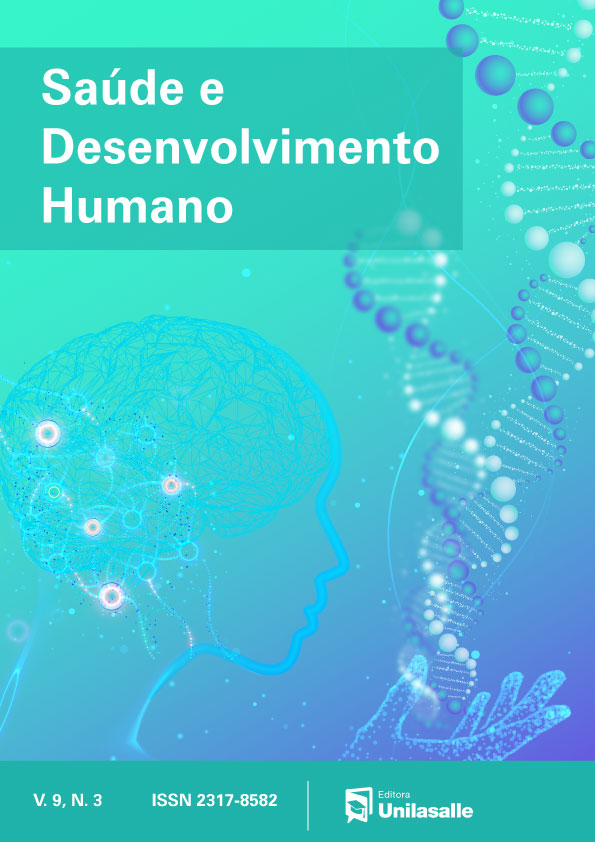Chromosomal abnormalities identified in a medical genetics service in the interior of São Paulo State, Brazil
DOI:
https://doi.org/10.18316/sdh.v9i3.7743Keywords:
Chromosome Abnormalities, Cytogenetic Analysis, Genetic Counseling, Medical Genetics, EpidemiologyAbstract
Objectives: This research aimed to determine the frequency of chromosomal abnormalities in patients who attended the Medical Genetics Outpatient Clinic in São Carlos, São Paulo, Brazil, and to analyze the reasons for these patients’ referral.
Material and Methods: It is a retrospective cross-sectional quantitative study. A review of the care maps of all 792 patients who attended the Clinic from June 2006 to December 2018 was performed, identifying the chromosomal abnormalities diagnosed by conventional G-banding karyotype.
Results: Chromosomal abnormalities were identified in 77 patients (9.7%). Numerical abnormalities of autosomes or sex chromosomes represented 75.3% of all alterations (58/77). Unbalanced structural chromosomal abnormalities were detected in six patients (6/77; 7.8%) and balanced structural chromosomal abnormalities in six other patients (6/77; 7.8%). Chromosomal heteromorphisms were found in seven patients (7/77; 9.1%).
Conclusions: Our results point to a frequency of approximately 10% of patients with chromosomal abnormalities identified by conventional karyotype in the setting of an outpatient clinic for general medical genetics. The findings highlight the importance of an adequate cytogenetic investigation for diagnosis and genetic counseling in situations of birth defects, intellectual disability, pathological short stature in girls, primary amenorrhea, infertility, recurrent miscarriage and clinical suspicion of chromosomal syndromes.
Downloads
Published
Issue
Section
License
Authors who submit their manuscripts to be published in this journal agree to the following terms:
- Authors retain copyright and grant the journal right of first publication with the work simultaneously licensed under the Creative Commons Attribution License that allows the sharing of work and recognition of its initial publication in this journal.
- By virtue of the articles appearing in this open access journal, articles are free to use, with proper attribution, in educational and non-commercia.


